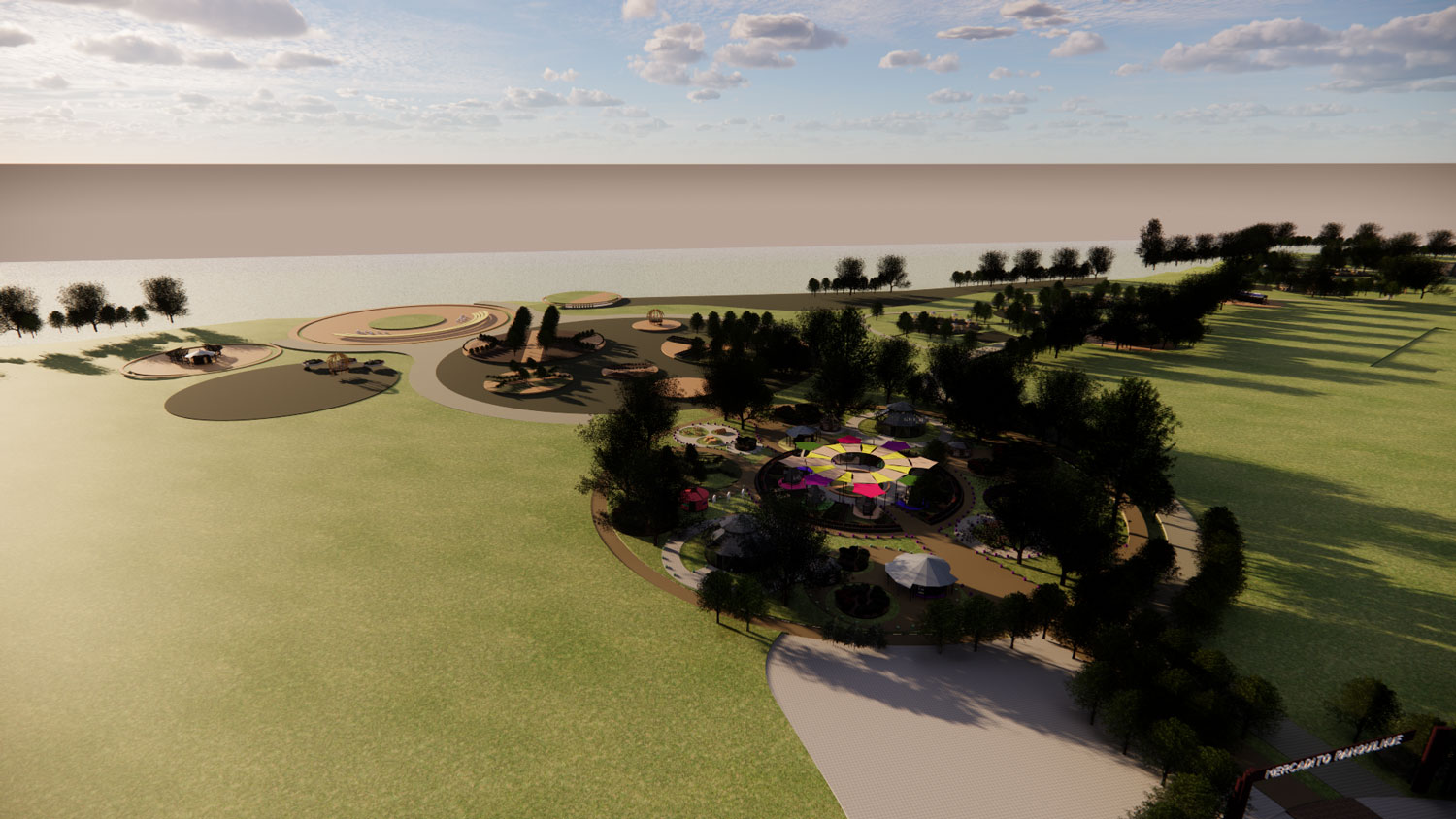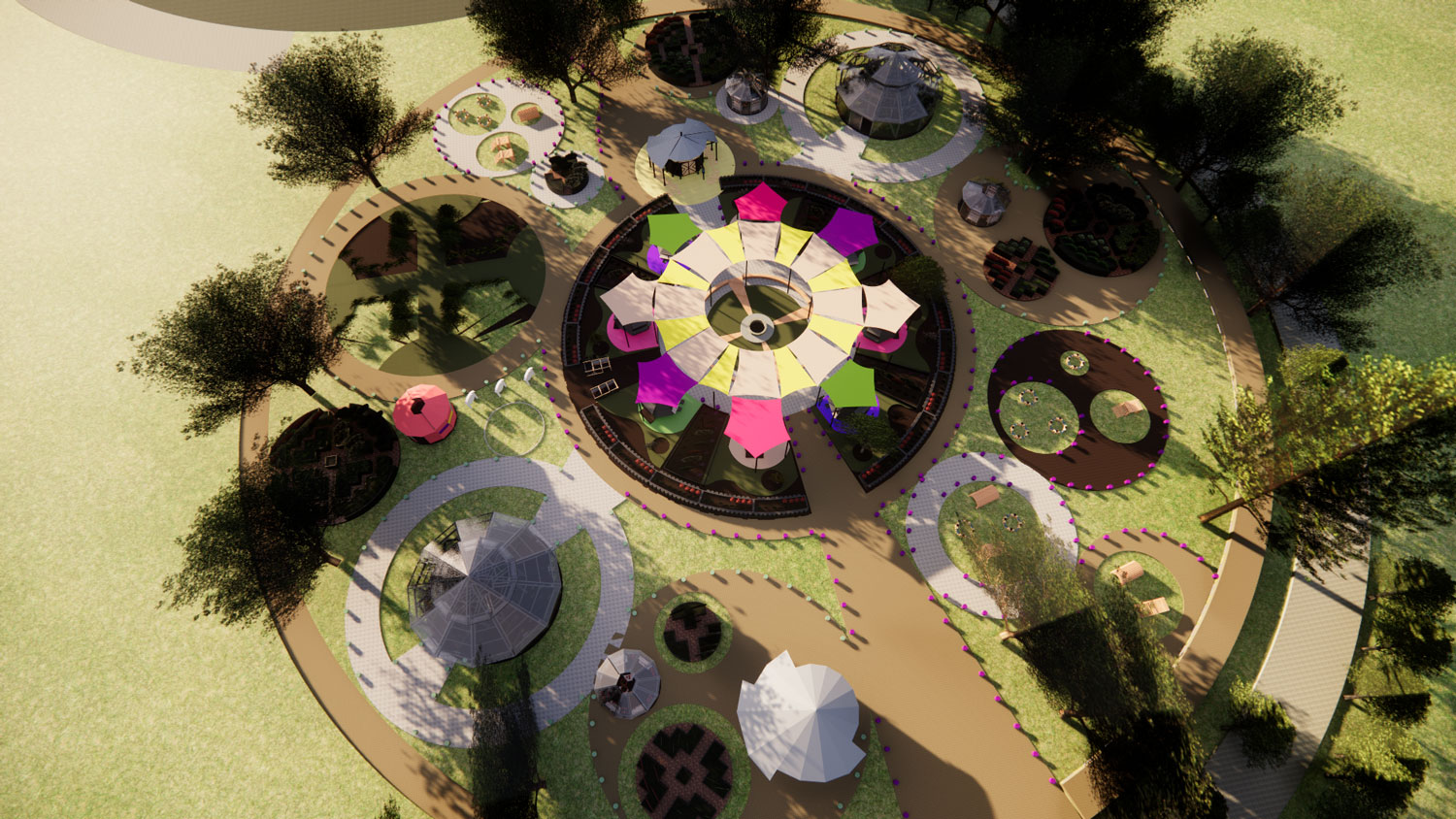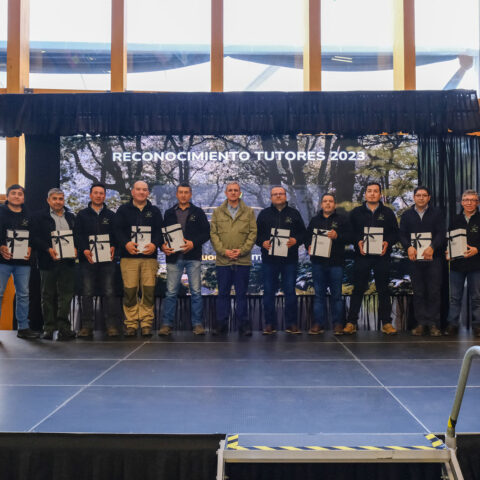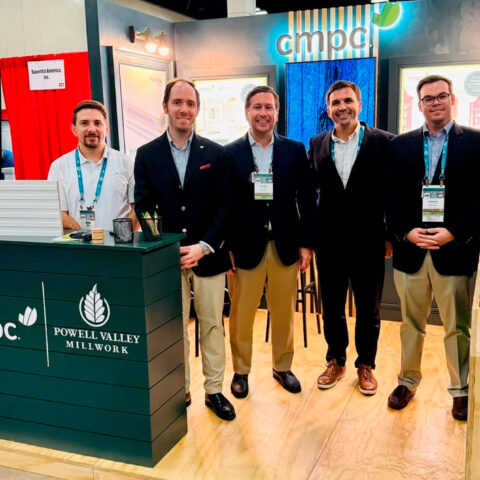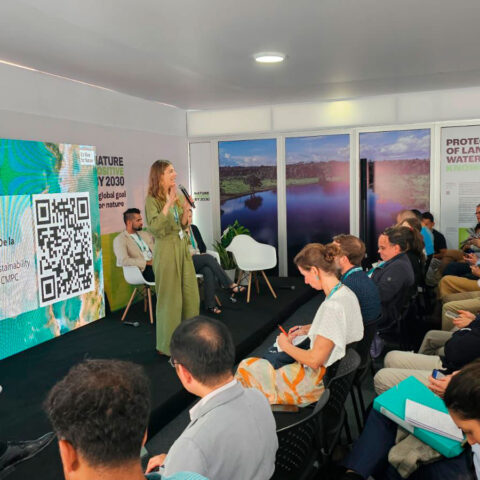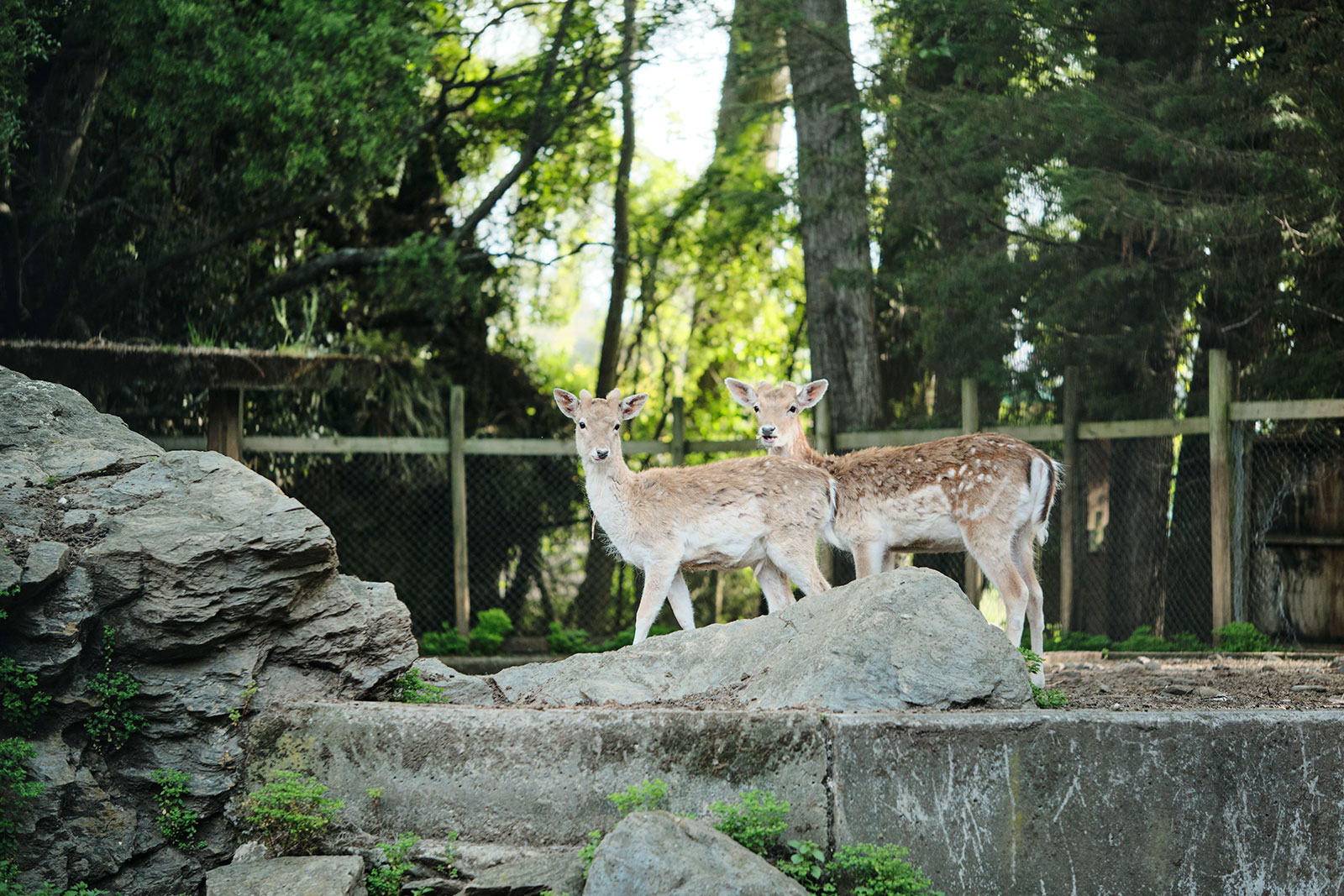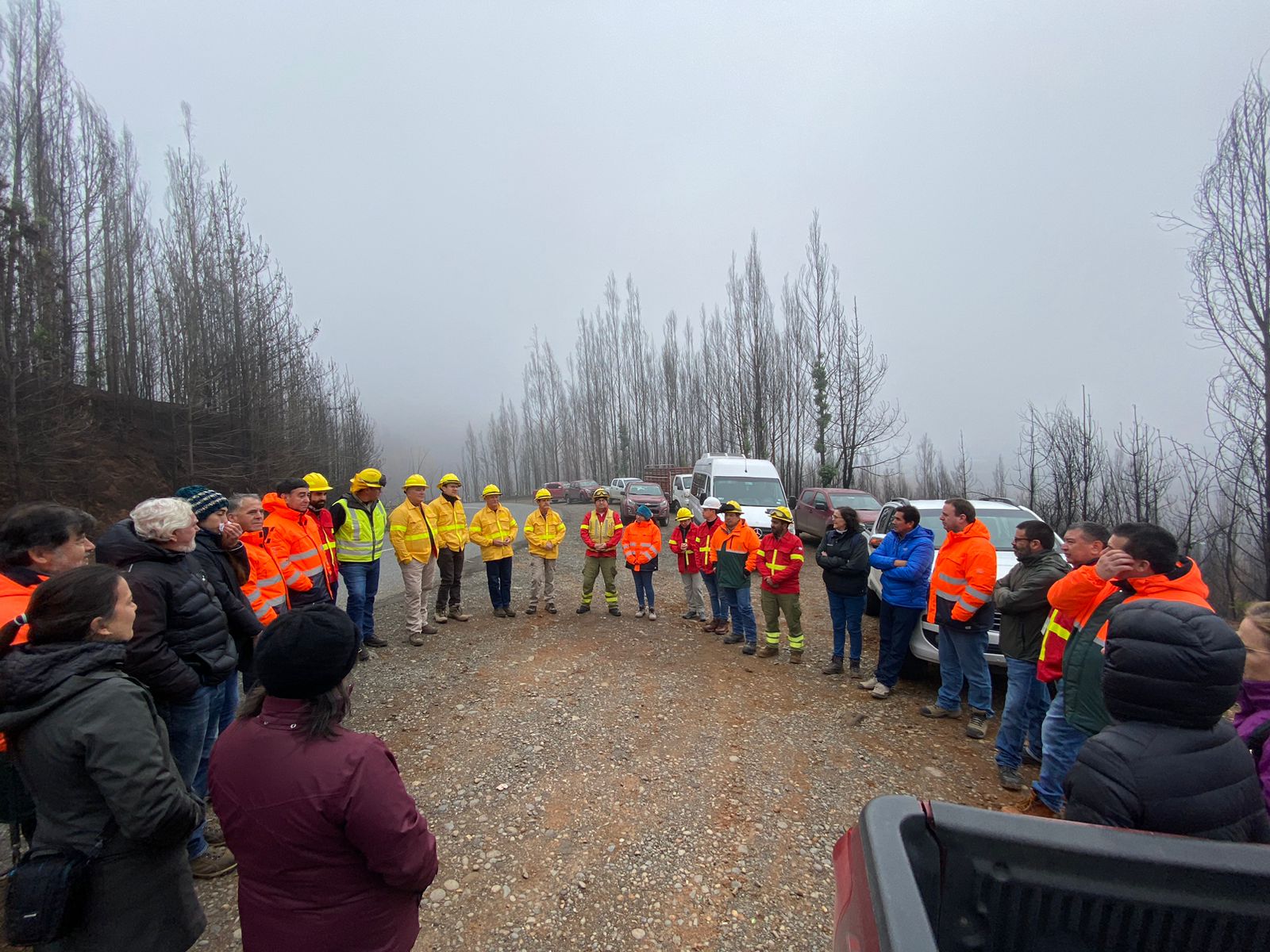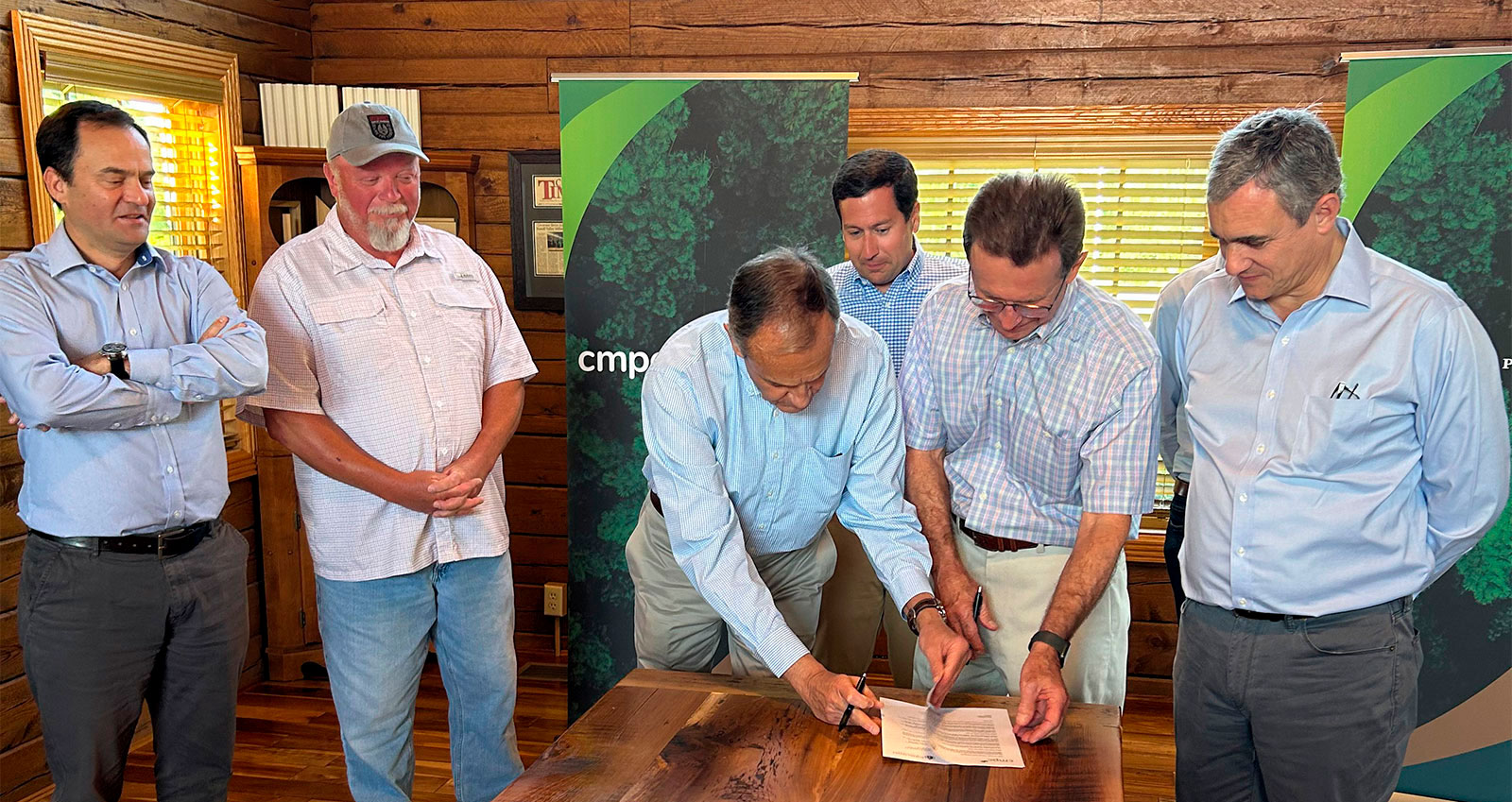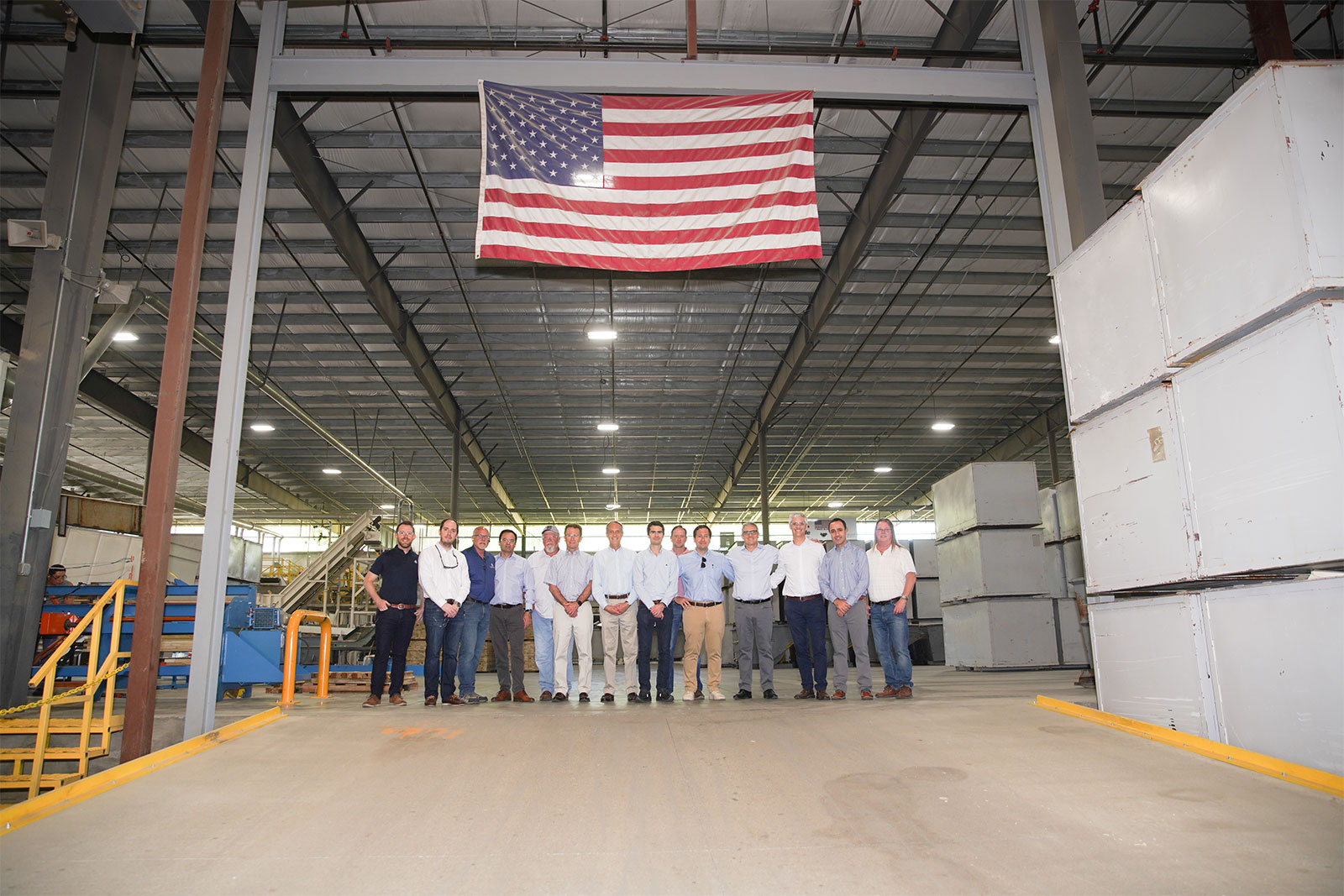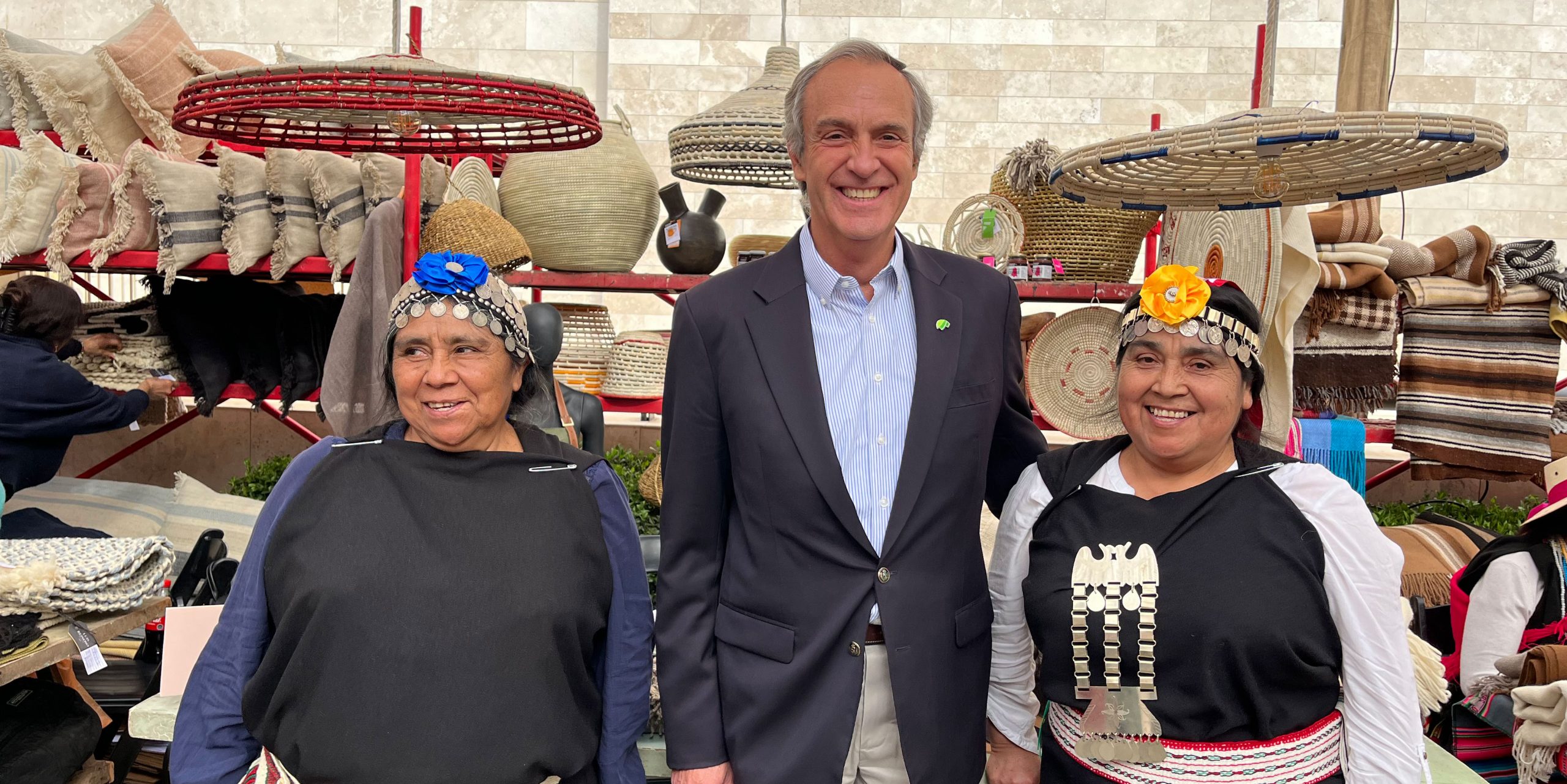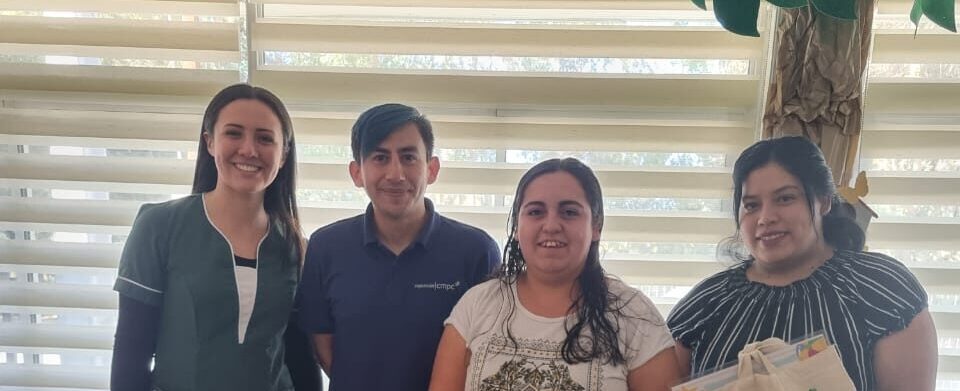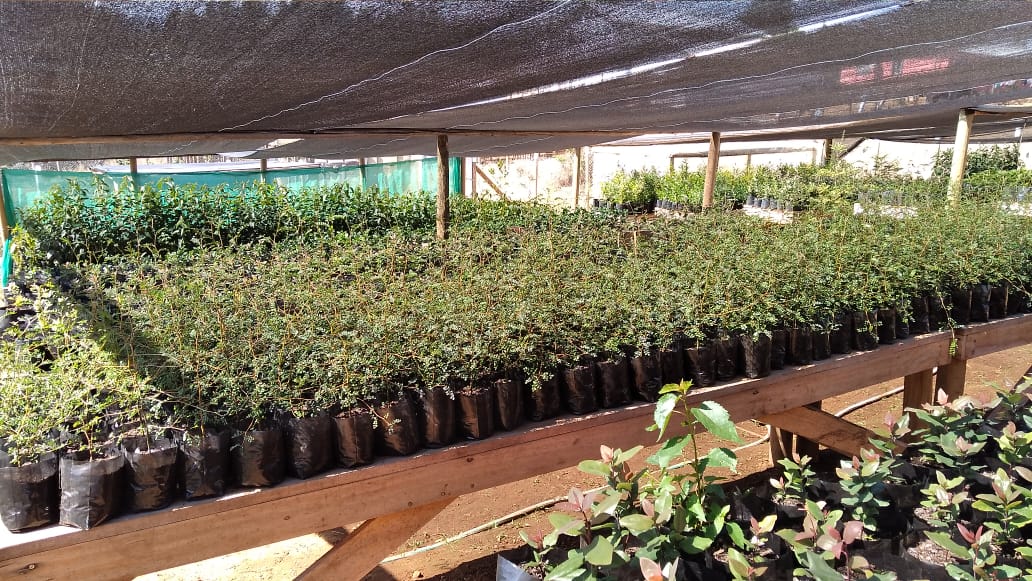
Progress of an unprecedented joint development project undertaken by LLeulleu Lake neighbors
10 de May, 2021
Several Mapuche communities carry the first and last names of their founding leaders in recognition of their original family tree. This goes for the Juan Lincopan community, comprised of 90 families living along the shore of Lleulleu Lake, west of the Nahuelbuta mountain range in the Biobío Region.
What is this community up to today? It is working on an ambitious project together with CMPC that will improve their quality of life, create new income opportunities, and spread Mapuche culture.
This is being done in conjunction with CONADI’s statement on the purchase process of the Ranquilhue Estate owned by CMPC that the company has made available to that government body. The forestry companies have expressed their willingness to sell around 14,000 hectares to CONADI, 1,700 of which belong to CMPC.
The company and community residents decided to carry out a number of development initiatives. “The work that CMPC has already done in the area showed us that we can work together with neighbors on improving their living conditions in accordance with their abilities and needs,” said Ignacio Lira the Assistant Manager of Corporate Affairs for Southern Araucania.
One of the projects currently being implemented is a new tourist center where a community campsite will be set up on the shores of Lleulleu Lake on a 25-hectare plot that will be managed by the community. The plan includes cabins, gardens and the creation of a new beach to serve as a swimming area.
These initiatives will share a central plaza that will serve as a meeting place for the 200 Juan Lincopan community residents, neighbors and tourists visiting the area all to gather.
A market for local products will also be set up where they can explain to visitors how elaborating these products is part of their cultural heritage.
Notably, the creation of this tourism hub was guided by expert advice. In this case it was led by Factoría Diseño, an architecture firm built by architect Susana Herrera. The firm relied on the participation of the community throughout the design and execution processes as well as in the subsequent administration phase.
“The neighbors participated throughout the creation of the entire plan and attended to the intercultural characteristics of the community because such initiatives are viewed as ceremonial spaces for Mapuche prayers that include the participation of the machi leaders,” explained Lira.
Agricultural initiatives are being developed alongside this tourism project. There are 7.7 hectares of crops planted where the families will cultivate plants for their own livelihood as well as medicinal plants that are part of the Mapuche culture.
The restoration of 25 hectares of native forest is also part of the plan. It will be filled with trails and various plants and trees such as oak and cinnamon as well as species native to Chile like raulí, notros, maqui, quillay, coihue, peumo, and others.
Part of the agricultural efforts of the Ranquilhue farm will include a section of forest plantations that will add new jobs. Once the complete project is fully operational, about 60 jobs will be created.
Lleulleu Project
The projects with the Lincopan community are part of a series of initiatives that CMPC has undertaken with 14 communities in the area under the “Lleulleu Project” heading.
This consists of working together with neighbors in programs for increasing employability, preventing school dropouts, improving community infrastructure, providing better access to water for human consumption and irrigation, promoting tourism and building alliances to pursue development initiatives that help create opportunities in the area.
“At CMPC we live alongside 380 Mapuche communities from different areas in southern Chile. Part of our concern as a company is getting involved with the everyday reality of our neighbors living in the regions where we operate,” said Lira.
In fact, the set of initiatives that are currently in full swing have brought nearly 400 jobs to the area in forest management, and fire fighting and prevention, native forest restoration, and construction and tourism.
